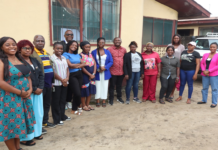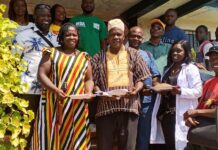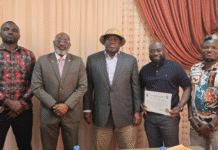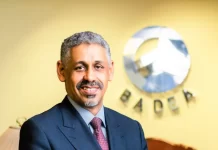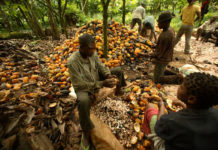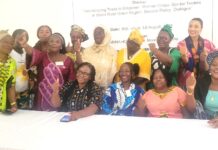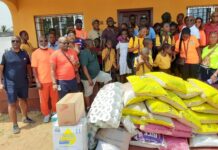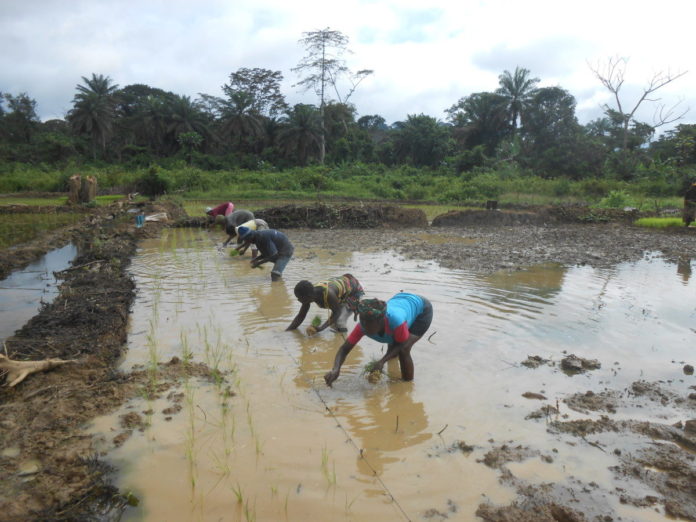In Liberia, upland rice farming and shifting cultivation are practised by many rural farmers.
The people of lower Sokpo Clan in Grand Cape Mount County near the Gola Forest National Park (GFNP) are known for practising this unsustainable farming method, which is a major threat to the park because the farmers move from one spot to another in the upland forest in search of fertile land to start new farms.
However, thanks to training for farmers on lowland swamp rice farming, their work has become easier, they are getting more yield, and the threat to the GFNP has been reduced.
The training was led by Vainga Agriculture Development and Management Consultancy (VADEMCO), a 20-year-old firm specializing in agriculture. Funded by the Society for the Conservation of Nature, Liberia (SCNL), a WA BiCC grantee, VADEMCO established Farmer Field Schools to teach farmers a new strategy for growing rice.
In July 2018, 40 farmers (5 women, 35 men) were recruited from four communities in Sokpo Clan (Korlah Town, Fornor, Kawelahun and Gbanjue) to participate in trainings on lowland farming in the swamp. Ten participants were recruited from each community. They selected their own lowland sites and were supplied with farming tools, including wheelbarrows, axes, cutlasses, and shovels.
Background
The process started with the field layout, opening up canals and preparing inner bonds. Then each participant was supplied with 50 kilograms of a special variety of seed rice called Nerical L/19 for sowing in their individual plots in nurseries. With Nerical L/19, it only takes 75 days from planting to harvesting and harvests can occur three times a year.
This is a huge improvement from before when the crops were able to be harvested only once a year. Afterward they received the rice, VADEMCO’s lowland technician began visiting each community one day per week to assist with seed planting in the swampland and to teach the farmers more about this new method.
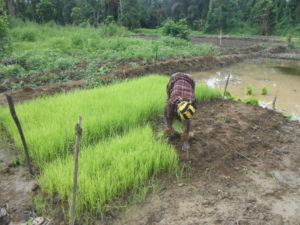
The first harvest was completed in January 2019 and the community members shared the rice according to the number of plots a person had developed. Each plot produced 3 bags (25 kg) bags of rice, which is equal to $60. A participant with five plots earned over $300 USD and this can be earned every 75 days.
Before this new method was introduced, the farmers were only planting rice to feed themselves because they could not produce enough rice to sell. The farmers were amazed at both the yield of rice and the money earned, especially given that this new farming method was less labor and time intensive.
Because of the yield they got during the first demonstration, farmers will likely remain in the lowland.
Musa Sinii, a member of the Kawalehun cluster said, “Based on the yield of this rice, I will never do upland farming again. I will do lowland farming from now on.” Lahai Dugba said, “We have just been wasting our time in the upland, which requires more work. With lowland farming, I have more time to rest.”
Adopting new farming method
These farmers have gone from shifting cultivation upland with less yield to lowland rice farming with more yield. When they were practising shifting cultivation, these 40 farmers were deforesting and degrading an average of 40 hectares of forest per year combined. Thus, the Farmer Field School program in Sokpa Clan will save over 400 hectares of community forest over the next 10 years as long as they farm in the same place.
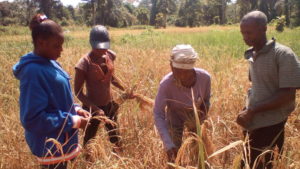
Since November 2019, 70 additional farmers in Soso Camp, Camp Israel, Green Bar City and Fula Camp have been trained on lowland rice harvesting. A total of 12 metric tons (11,520 kgs) of rice were produced through lowland rice farming in the landscape.
Over 80 direct beneficiaries gained knowledge and skills in lowland development and rice production technology. Rice production has increased in the project communities and households have more food on their tables than they did before.



